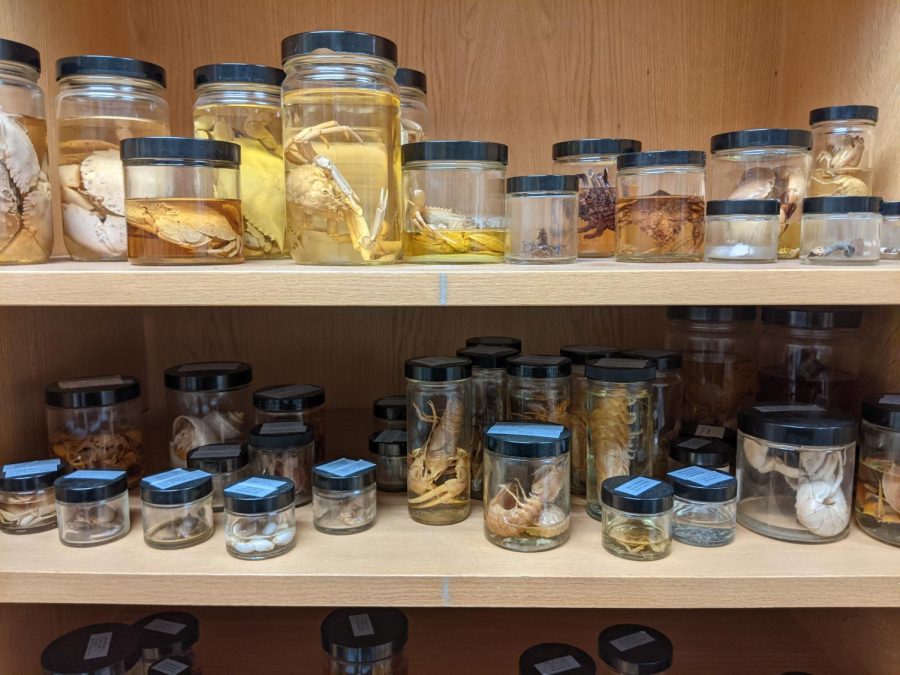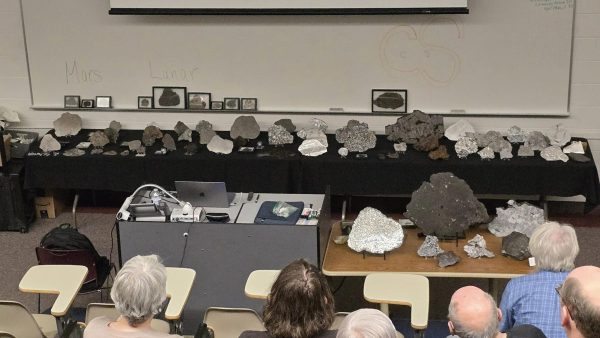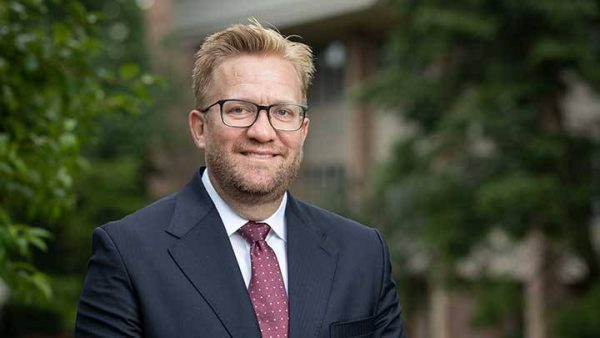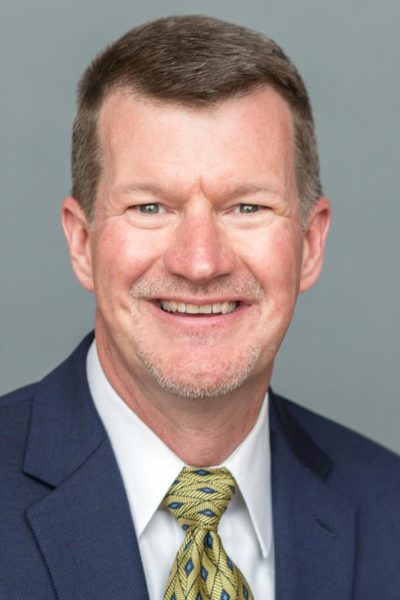Skeletons in the closet and a brain in a jar: The past and future of biological specimens at Calvin
Jars of preserved specimens decorate shelves in the biology department.
Inside the cupboards of Calvin’s zoology laboratory sit rows upon rows of lifelike animal specimens, floating in jars of yellowy liquid preservative. Long-deceased crabs, shrimp, perch and a tarantula are among the dozens of creatures available for students to study.
Some of the specimens used in anatomy and psychology labs have been preserved for more than half a century; others are euthanized just hours before students gather for dissections.
In a fridge across the laboratory, fetal pigs, dogfish sharks and a sea lamprey wait on plastic-wrapped trays for their turn to be studied.
From cats and rabbits to earthworms, frogs and even a human brain, biology majors handle a wide variety of specimens in their courses. Lab Services Manager Lori Keen makes sure they have the samples they need, when they need them.
Sometimes her job is as simple as ordering a shipment of already-prepared dissection specimens from a biological supply company. Other times, her work gets more complex: One of the most interesting parts of her job as lab manager is growing commercially purchased cell lines.
Over the course of a few weeks, Keen can take frozen samples of human and animal cells from storage and grow them into a high enough volume for an entire lab course to work with.
“In the fall, when we’re teaching immunology, I usually keep two or three cell lines growing continuously,” she said.
Keen also ensures the university adheres to national guidelines governing the care and euthanasia of living specimens. Usually this means pithing the animal – a process through which a needle severs its spinal cord. Typically, live specimens arrive only a few days before they’re needed.
Currently, Calvin only uses a few actual human specimens in classes and labs. In one lab storage cupboard, human skulls and bones, which were once easy to obtain through biological supply companies, sit alongside more recent plaster and fiberglass casts of the same parts.
The biology and psychology departments also share access to a complete human brain and spinal cord, stored in a formaldehyde solution.
Professor Emeritus Peter Tigchelaar brought the brain with him when he came to Calvin in 1975. As a young biologist, he painstakingly extracted it from a deceased organ donor while keeping the spinal cord completely intact.
“That’s really hard to do, and really unusual to see the whole central nervous system still together,” said Professor Ryan Bebej.
Bebej, who teaches human anatomy every semester, is one of the few biology professors at Calvin with experience studying actual human cadavers.
I try to get students to really appreciate that this is not just a biological specimen. This was someone
Today, when students have the rare opportunity to handle the brain and study it in his labs, Bebej does his best to instill a sense of reverence. “I try to get students to really appreciate that this is not just a biological specimen. This was someone,” he told Chimes.
As far as Bebej is aware, the brain was collected in the early 1970s from a woman who died in her mid-seventies. “When we’re holding this specimen, I want students to think about that. This was a daughter, maybe a mother, maybe a wife, certainly a friend to some people. This was someone who saw and experienced things like World War I, the Great Depression, Civil Rights Movement and Vietnam.”
As Calvin’s new school of health looks to establish a cadaver lab on campus, Bebej is confident that students will continue to view the study of human bodies with similar respect.
In addition to a handful of modifications to the recently closed West Michigan Regional Laboratory, which formerly saw local medical professionals studying cadavers and animal specimens in the basement of DeVries Hall, the formation of a cadaver lab at Calvin will require new training for faculty.
Government guidelines for the construction and use of cadaver labs are loose, so the school of health will largely set its own standards.
“There’s no real training, and even just having a human cadaver lab, there are surprisingly few regulations beyond basic health and safety for chemical exposure,” said Bebej.
To prepare professors for the task of dissecting and studying human cadavers, the biology department is already beginning to bring in outside experts, including faculty at peer institutions and a retired orthopedic surgeon who has been sitting in on classes.
Professor Crystal Barrett, one of the few Calvin professors with an M.D., also has extensive experience working with cadavers from her time in medical school.
Though officials are still in the early stages of planning for the new school of health, Bebej expects the university to work with an institution that already has a whole body donation program in place, most likely Michigan State University’s downtown campus.
“My initial thought would be to start small, with a couple of cadavers, and working with upper-level students,” said Bebej. “… I would really like to have an advanced human cadaver lab for juniors and seniors who are intending on something like medical school.”












